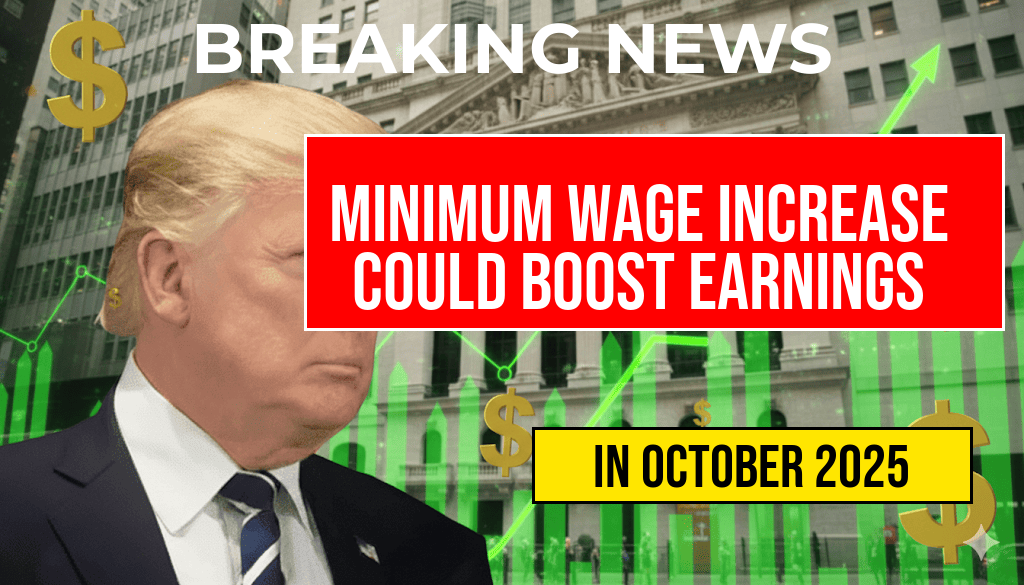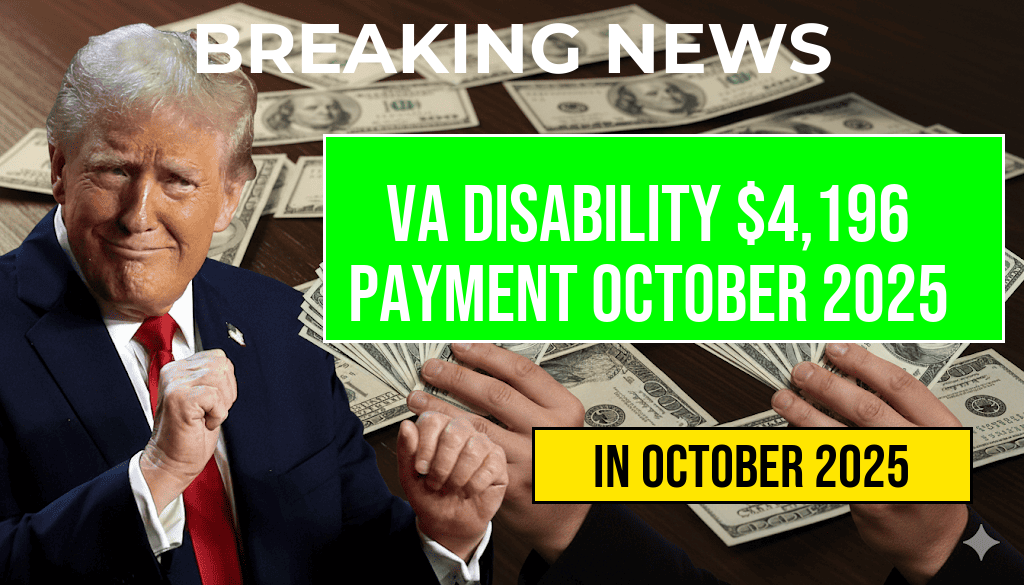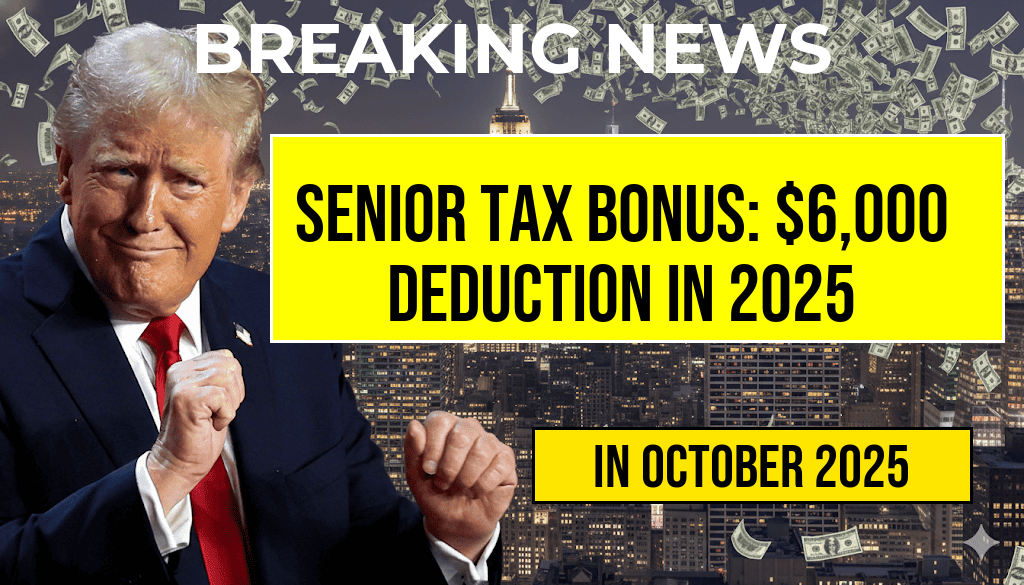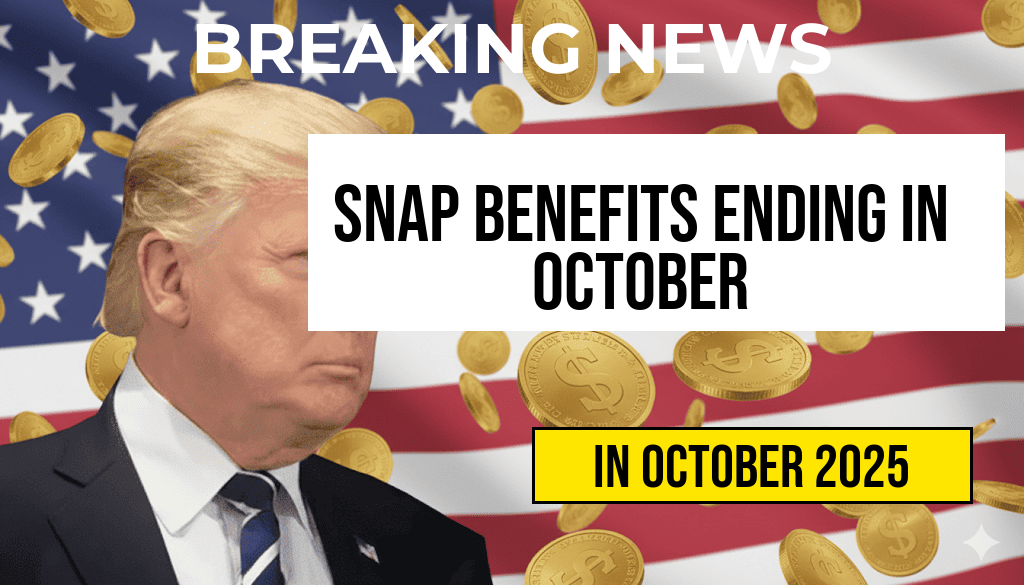A new economic analysis suggests that raising the federal minimum wage to $15 per hour could significantly increase annual earnings for millions of American workers. According to the study, approximately 32 million workers—roughly one in five hourly employees—stand to see an average boost of around $3,300 per year in their income. This potential wage increase could have broad implications for household finances, local economies, and national policy debates on income inequality and living standards. While proponents argue that such a hike would provide essential support to low-wage earners, critics raise concerns about potential impacts on employment levels and business costs. The findings arrive amid ongoing discussions in Congress and state legislatures about the feasibility and effects of raising the minimum wage to $15 nationwide, a move that has garnered both political and public interest.
Assessing the Impact of a $15 Federal Minimum Wage
Scope of the Study and Methodology
The study, conducted by the Economic Policy Institute, analyzed employment data, wage distributions, and economic modeling to estimate the potential effects of implementing a $15 minimum wage across the United States. It focuses on workers earning at or near the current federal minimum of $7.25, which has remained unchanged since 2009.
Researchers considered various factors, including regional cost of living differences, employment elasticity, and potential industry shifts. The analysis specifically targets hourly workers in sectors such as retail, hospitality, and food services—industries characterized by high proportions of low-wage employment.
Key Findings and Economic Implications
| Number of Workers Affected | Estimated Average Annual Earnings Increase | Total Additional Income (Billions) |
|---|---|---|
| 32 million | $3,300 | $106 billion |
Among the core findings, the study indicates that a federal minimum wage increase to $15 would directly benefit approximately 32 million workers, representing about 20% of the nation’s hourly workforce. These workers, many of whom are essential in service-oriented sectors, could see their annual earnings rise by an average of $3,300.
This increase could translate into enhanced consumer spending, increased savings, and a reduction in poverty levels among low-income households. Economists note that higher wages might also lead to improvements in worker productivity and morale, although some caution about the potential for job displacement or increased automation in certain industries.
Regional Variations and Policy Considerations
Economic Diversity Across States
The potential benefits of a federal minimum wage hike are not evenly distributed across all regions. States with a higher cost of living, such as California and New York, already have minimum wages exceeding $15 an hour. For workers in states with lower living costs, a $15 minimum could represent a significant change in earnings and economic stability.
In contrast, some rural areas and states with lower wage floors may experience different economic dynamics. Critics argue that a sudden nationwide increase might lead to increased unemployment or inflationary pressures in vulnerable sectors, especially where small businesses operate with thin profit margins.
Policy Challenges and Bipartisan Perspectives
- Supporters highlight that a $15 minimum wage could reduce reliance on government assistance programs by elevating the income of low-wage workers.
- Opponents warn that mandated wage hikes may lead employers to reduce hiring, cut hours, or automate roles, potentially offsetting wage gains for some workers.
- Some policymakers advocate for phased implementation or regional adjustments to balance economic growth with employment stability.
Broader Economic Context and Future Outlook
Historical Precedents and Current Trends
Previous increases in state and local minimum wages have demonstrated mixed results, with some regions experiencing employment growth and others facing layoffs or reduced hours. The debate over a federal increase continues to be shaped by these mixed outcomes and evolving economic conditions.
Recent data from the U.S. Bureau of Labor Statistics indicates that unemployment remains low, yet wage growth for low-income workers has been sluggish, fueling calls for higher minimum wages as a means to promote economic equity.
Sources and Further Reading
- Wikipedia: Minimum wage in the United States
- Forbes: What a $15 Minimum Wage Means for Workers and Businesses
- U.S. Bureau of Labor Statistics
Frequently Asked Questions
What is the proposed federal minimum wage discussed in the article?
The article discusses a proposed federal minimum wage of fifteen dollars per hour.
How many workers could benefit from the increase in the federal minimum wage?
Approximately thirty-two million workers could benefit from the proposed wage increase.
What is the estimated annual earnings boost for workers if the minimum wage is raised to fifteen dollars?
Workers could see an increase of about three thousand three hundred dollars in their annual earnings.
How might this wage increase impact workers’ financial well-being?
The increase could significantly improve workers’ financial stability and help reduce economic disparities among low-wage earners.
What is the significance of this study’s findings for policymakers?
The findings highlight the potential economic benefits of raising the federal minimum wage, providing data to support policy decisions aimed at improving living standards for millions of workers.






